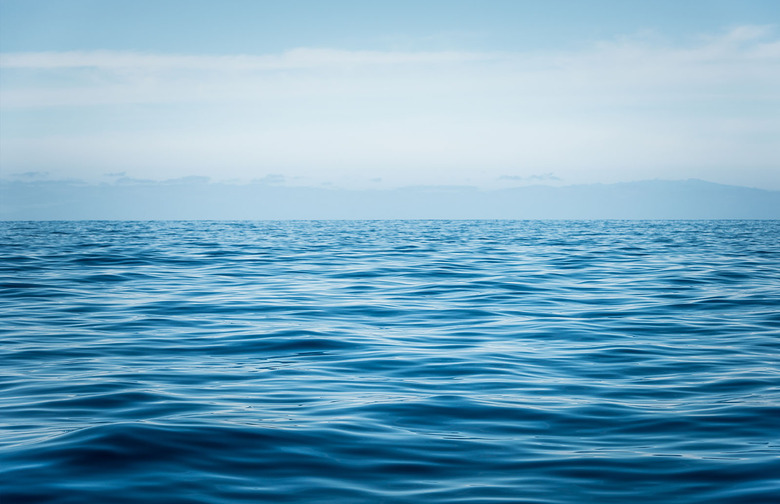Someone Dumped 25,000 Barrels Of Toxic DDT Off The Coast Of California
In a discovery that underscores just how bad of a job humans do when it comes to preserving any environment they're a part of, scientists spotted tens of thousands of barrels of what appears to be a toxic chemical dumped off the coast of Southern California. The barrels, which appear to have been dumped sometime before the early 1970s, are slowly rotting away on the seafloor, threatening to spill their deadly contents into the surrounding waters.
The discovery was made by researchers with the University of California San Diego's Scripps Institution of Oceanography. The scientists mapped out over 55 square miles of the ocean floor stretching from the coast of Los Angeles to Santa Catalina Island. This region has shown elevated levels of manmade chemicals and it was once used as a dumping ground by companies that wanted to get rid of waste products and other nasty toxins. In 1972, the Ocean Dumping Act prevented this practice going forward, but the damage we see today was already done.
As AP reports, the United States stopped using DDT in 1972 as well. DDT, which stands for dichlorodiphenyltrichloroethane, was an extremely popular insecticide for decades before it was banned. It was used to kill mosquitos in order to prevent the spread of illnesses such as malaria, but over time it became clear that it was having unintended side effects, especially on wildlife. Birds, in particular, were at high risk of illness as a result of exposure to the chemical and it was eventually banned for agricultural use worldwide.
Some companies likely had stockpiles of the chemical at the time the ban was enacted. With nowhere to sell or even use the chemical, they decided the best (read: laziest and cheapest) course of action was to dump barrels of it off the coast. That's where scientists have spotted over 27,000 "barrel-like" objects over a 56-square-mile patch of the seafloor. It's believed that up to 700 tons of DDT were dumped in the area.
The worst part about all of this is that nobody knows what the effects of the chemical might be on marine life in the region. If the barrels do contain DDT — a near-certainty at this point — it could cause widespread deaths of various organisms, increase the chances of marine life developing tumors, or something else that scientists have yet to predict.
So, what can we do about it now? That's not entirely clear. It's not yet known how many of the barrels are already leaking, how many have completely emptied their deadly contents into the surrounding water, or how many may be salvaged to prevent the chemical from spreading. A cleanup effort would be a monumental undertaking, and as of now, there doesn't appear to be any concrete plans to do anything about it. Hopefully, that will change.
